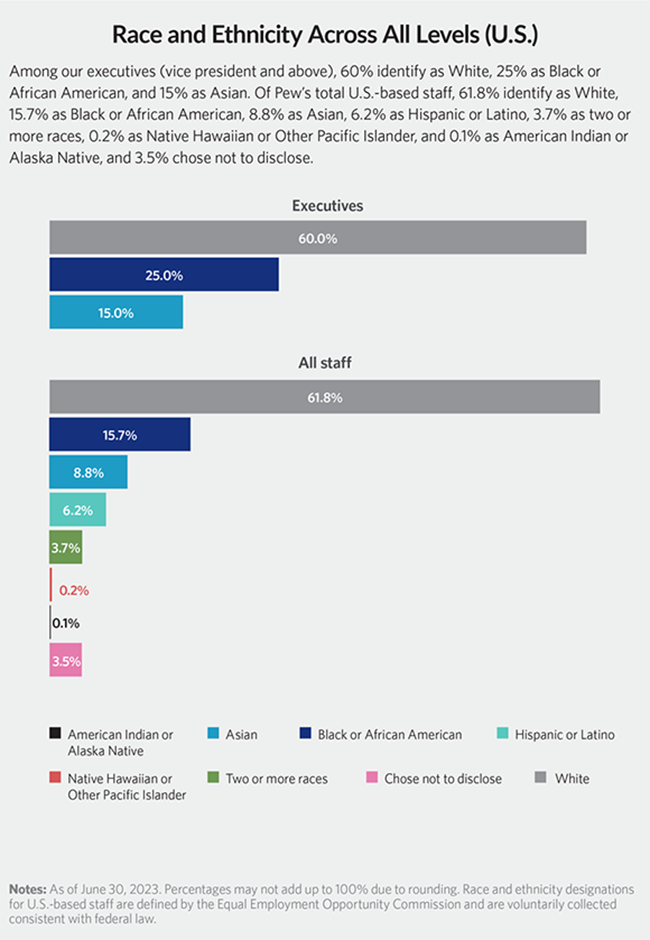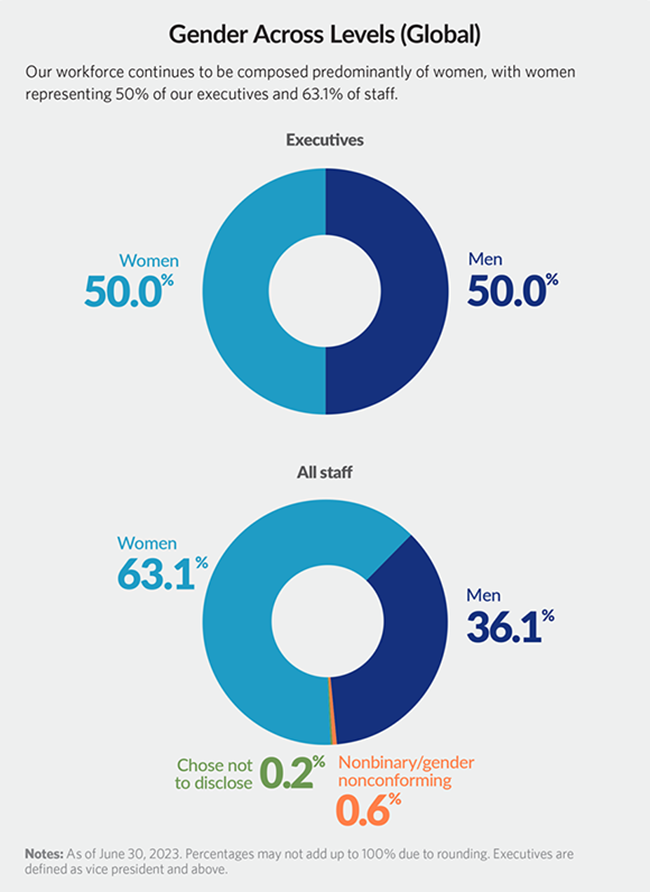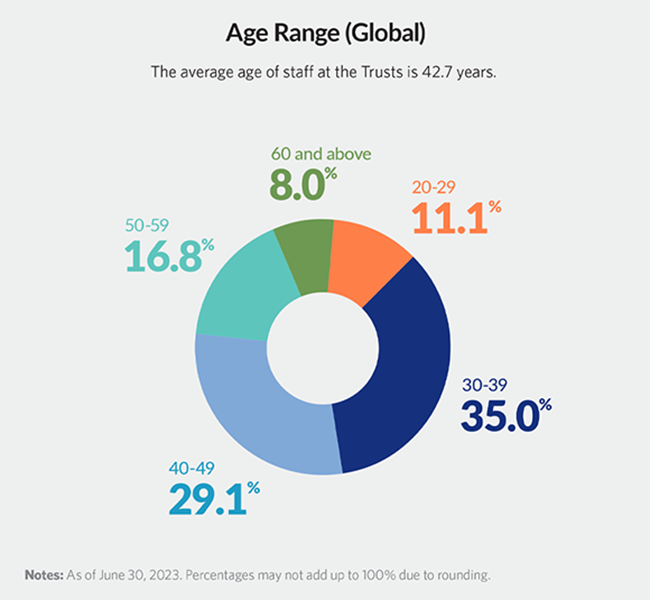Diversity, Equity, and Inclusion
President’s Message on Diversity, Equity, and Inclusion
We know that in America and around the globe, people of color, LGBTQ individuals, women, people of faith, and others have been discriminated against and disadvantaged. The multitude of perspectives offered by our staff and our partners has always been integral to our work, but today we must be more intentional in our efforts to focus on diversity, equity, and inclusion (DEI) as core elements of our operations and culture. At Pew, our journey involves direct and candid conversations across the organization about how we can do better. And we’ve coupled those conversations with concrete action plans to make progress. We know we have more work ahead and remain committed to listening, learning, documenting disparities, and advancing together.
Some of the steps we’ve taken recently include:
- Developed a DEI roadmap to guide the organization; the effort was led by our DEI department in collaboration with cross-functional leadership.
- Continued incorporating DEI principles into the Trusts’ research and policy projects.
- Broadened and deepened Pew Research Center’s research agenda focused on race and ethnicity to explain differences in the full spectrum of the American experience, including economics, family, work, politics, technology, identity, and faith.
- Implemented the Intercultural Development Inventory tool for staff to measure skill set and mindset around cultural competence.
- Expanded benefits to support our staff, including, within the U.S., offering 16 weeks of paid family leave and observing Juneteenth. Additionally, we broadened our definition of domestic partners to include all partnerships.
- Embedded DEI best practices into our recruitment and hiring practices to mitigate bias, taking steps such as counting work experience in lieu of education and using panel interviews and competency-based questions to reduce implicit bias.
Another way we can advance DEI is by sharing information about the diversity of our teams, which is provided below. This demographic information reflects the genders, races and ethnicities, and ages of our staff members as of June 30, 2023.
We will continue to report on our progress in terms of how we are doing at Pew and in our broader mission to make a difference for our communities.
Susan K. Urahn
President and CEO
Workforce Demographics
Data as of June 30, 2023
To view information about staff demographics for our subsidiary, the Pew Research Center, please visit pewresearch.org






